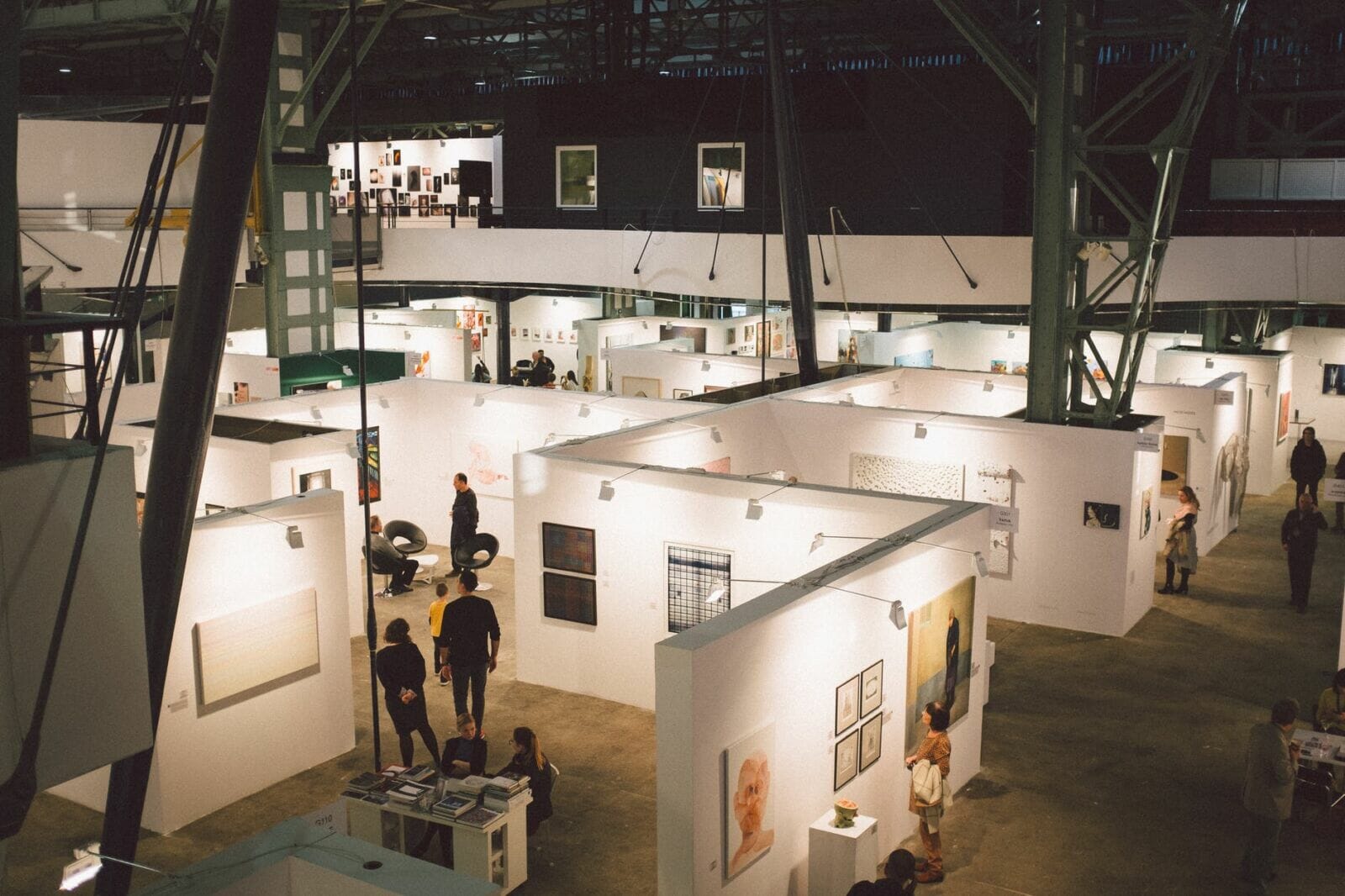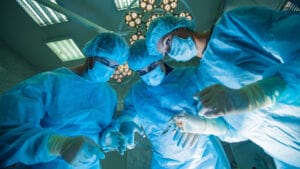At the exhibition stand, you only have five seconds to grab someone’s attention. Within that, the brain has to make a decision to stop or keep walking. With the aid of neuroscientific methods, you can turn on visual, auditory and haptic perception in order to leave the masses behind. Bright visual signals, concentrated sound and interactive elements bring an exhibition stand to life to make it recognizable and memorable at first glance.
DEEPER DIVE: 20 emerging business categories gaining traction in Arizona
Decoding the Five‑Second Attention Window
The first 500 milliseconds is the amount of time the brain requires to form a first impression. Within this fraction of a second, the visitor decides if he should come to the stand or pass by it. Therefore, each exhibition company must organize the visual presentation down to the finer details. Color, shape, light and movement must grab attention immediately. Exhibition stand builders and trade show exhibit companies are increasingly collaborating with neuromarketers to create visual anchors that “hook” the subconscious.
ESBAU, being an expert in exhibition solution design, focuses on immediate visual effect: clarity, dynamic features and eye-level logos – all this maximizes the chance to grab attention. In case you don’t hook up the visitor in the first few seconds, you’ll lose a potential client.
Color, Contrast & the Brain’s Visual Shortcuts
The human mind interprets visual information in a flash of an eye, using Saliency Maps — internal “saliency maps” that direct the eye to the brightest and most relevant features. In exhibition stand design, such understanding is utilized to highlight important messages and points of interaction.
Dynamic and high-contrast color combinations enhance the power of instant memorization, enhancing brand recognition. Colors are visual signals, speeding up decision making.
Professional exhibition stand contractors and trade show booth builder take these perception factors into account so that the stand draws attention not only to itself, but also remains with visitors. While designing an exhibition stand, careful blending of color, contrasts and composition should be undertaken in a way that attention is drawn towards what is most important to the brand.
Motion Magic—Using Optic Flow to Freeze Foot Traffic
Movement is a powerful tool in the trade show booth builders arsenal. The brain operates in such a manner that it naturally “grasps” movement, attempting to predict it – this is known as Predictive Coding. Due to that, animated show stands immediately grab attention.
Don’t forget to maintain in a balance the effect and overload. Here how to use the movement in the right way:
- Use micro-animations to indicate the highlights.
- Avoid over-animation to avert fatigue.
- Use guided motion to control the eye.
- Build dynamics into event stands without giving up functionality.
Well-designed exhibition solutions turn the stand not just attractive, but also effective, turning a mundane visitor into a keen participant.
Sound, Scent & Multisensory Snap Decisions
Sound factors are the most significant determinants of attention at exhibitions. Sonic logos and sub-bass hooks have the potential to create a unique audiovisual effect, which at once catches visitors’ attention and compels them to stop at the stand. Sounds with associative connections to the brand become a powerful instrument of impact.
Another important element is the sense of smell. Olfactory anchors are a specific smell that makes the time spent at the stand longer and creates brand associations. When an exhibition builder takes these elements into consideration, a deep and multi-faceted perception is created that stays in the minds of visitors for a very long time.




